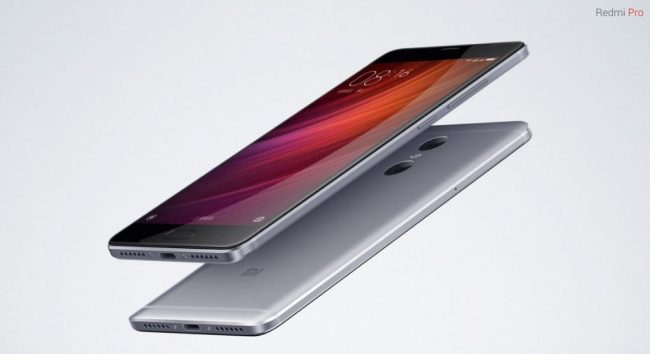Xiaomi had been right on track to release the Redmi Pro 2, the successor to last year’s critically acclaimed Redmi Pro; or so we thought. Recent rumors emerging from China indicate that the company has foregone the production of the Redmi Pro 2 and is going to replace it with another series.
The phone that will be replacing the Redmi Pro 2, will be the X1 and its base variant will come with 4GB of RAM and 64GB of internal storage. The phone is also speculated to come with a dual-camera setup on the back of the device with a fingerprint sensor also located behind. The X1 is also said to feature a 3.5mm audio jack as well. It is also expected that the phone will come with two options – one with a bezel-less design and one with a standard display. Additionally, there will two more variants – one with 6GB RAM and 64GB storage along with another variant with the same amount of RAM but with 128GB storage.
There have been new images of the alleged Redmi Pro 2 released on social media, on the social networking site Weibo, but nothing has been confirmed so far. Of course, the X1, now being rumoured to be replacing the Redmi Pro 2, should probably come along the same price bracket as the Redmi Pro firs did.
The X1 and the Redmi Pro 2 are in fact two different devices and whether Xiaomi is going to cancel the release of the Redmi Pro’s successor or not is also not yet known. Having said that, the company could release both these models as well, so nothing is written in stone as of now. The Redmi Pro 2 was supposed to come with the new Snapdragon 660 chip and a 5.5-inch display with QHD resolution. Whether the X1 or the Redmi Pro 2 is finally released at the end of this month, either one of those devices will be announced at the end of July along with Xiaomi’s Mi 6 Plus and the new MIUI 9 software. X1 could also well be just the internal code-name for the Xiaomi Redmi Pro 2 as well.
What is confirmed, however, is that Xiaomi will be releasing a new budget mid-range phone that with stellar specifications. The company’s Redmi line has always found favor in the emerging markets and this time around, it seems to be the same case.
